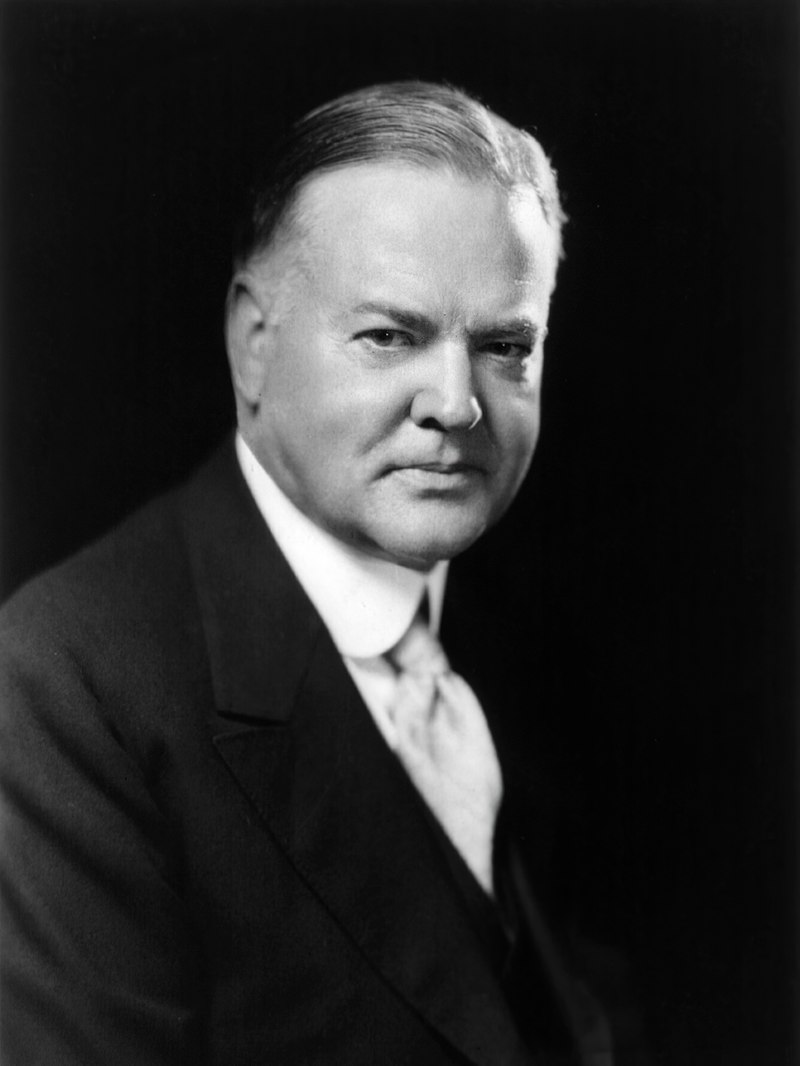Did you know that the concept of a five-day work week was once seen as radical? On April 19, 1932, Herbert Hoover, the 31st president of the United States, proposed a shorter work week to solve rising unemployment during the Great Depression. He believed that by reducing the number of working days, businesses would hire more employees to share the available work.
It took years for the idea to become standard, but Hoover’s proposal left a lasting impact on modern labor policies, shaping the work week we know today. As the Great Depression devastated the economy, unemployment soared, and Americans struggled to find work. He aimed to spread employment opportunities among more workers and relieve struggling families.
The concept was met with both interest and skepticism. Many business owners resisted, fearing reduced productivity. However, it was the unwavering support of labor unions and reformers that championed the idea, arguing that a shorter work week would improve worker well-being and economic stability.
Fun Facts:
- Before the 1930s, most workers had a six-day work week, with Sunday as the only day off.
- Hoover’s suggestion aimed to combat widespread unemployment during the Great Depression.
- The five-day, 40-hour work week became federal law in 1938 under the Fair Labor Standards Act, a landmark legislation establishing minimum wage, overtime pay, and child labor standards. This act was a significant step towards ensuring fair working conditions for all Americans.
- Today, the legacy of Hoover’s proposal lives on as discussions continue about further reducing the work week. Some countries even test four-day work week models, sparking new conversations about work-life balance and productivity.
- Though Hoover’s proposal didn’t immediately take effect, it paved the way for labor reforms that shaped the modern work schedule. His forward-thinking approach remains relevant as debates over work-life balance continue today.

